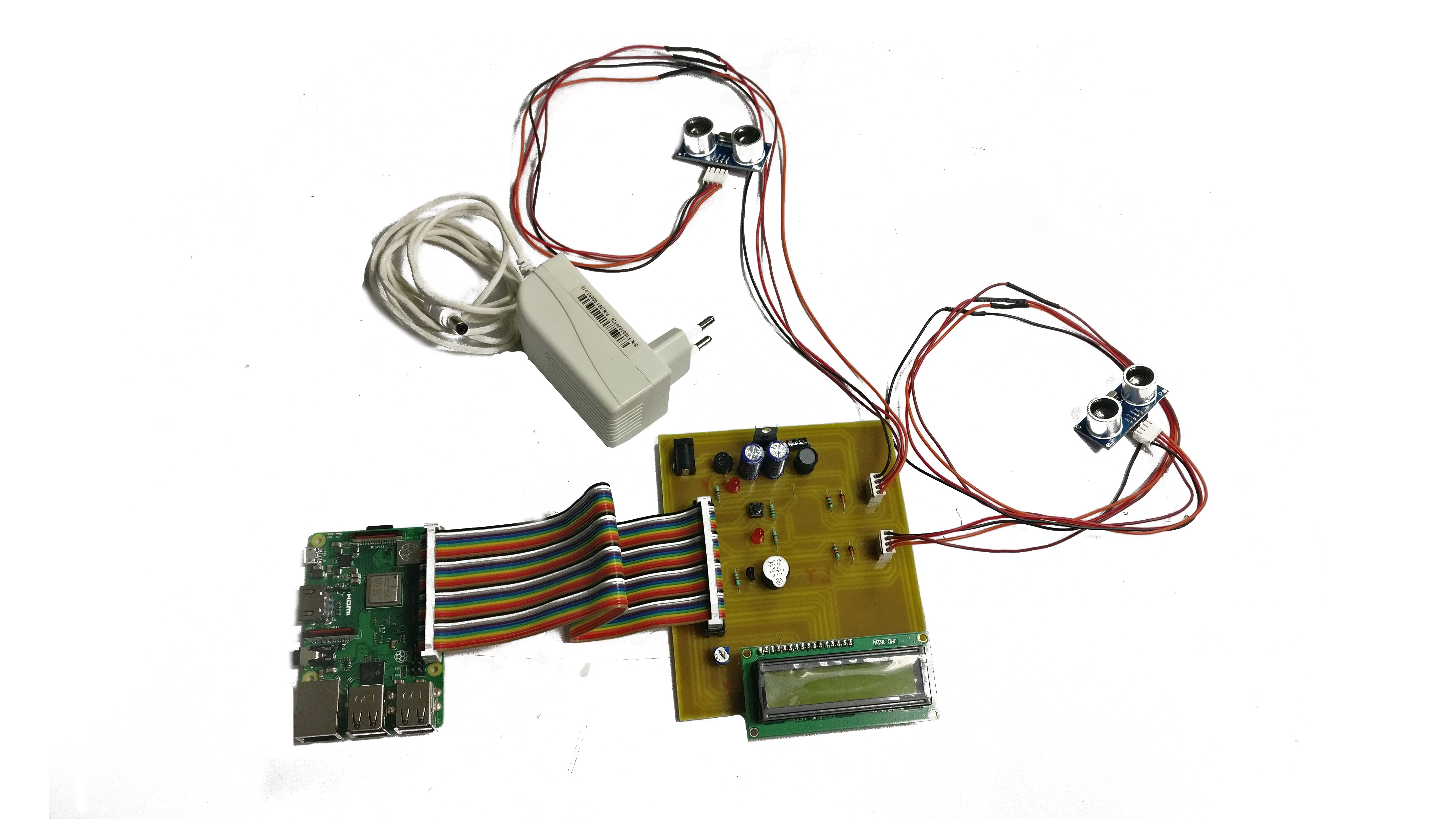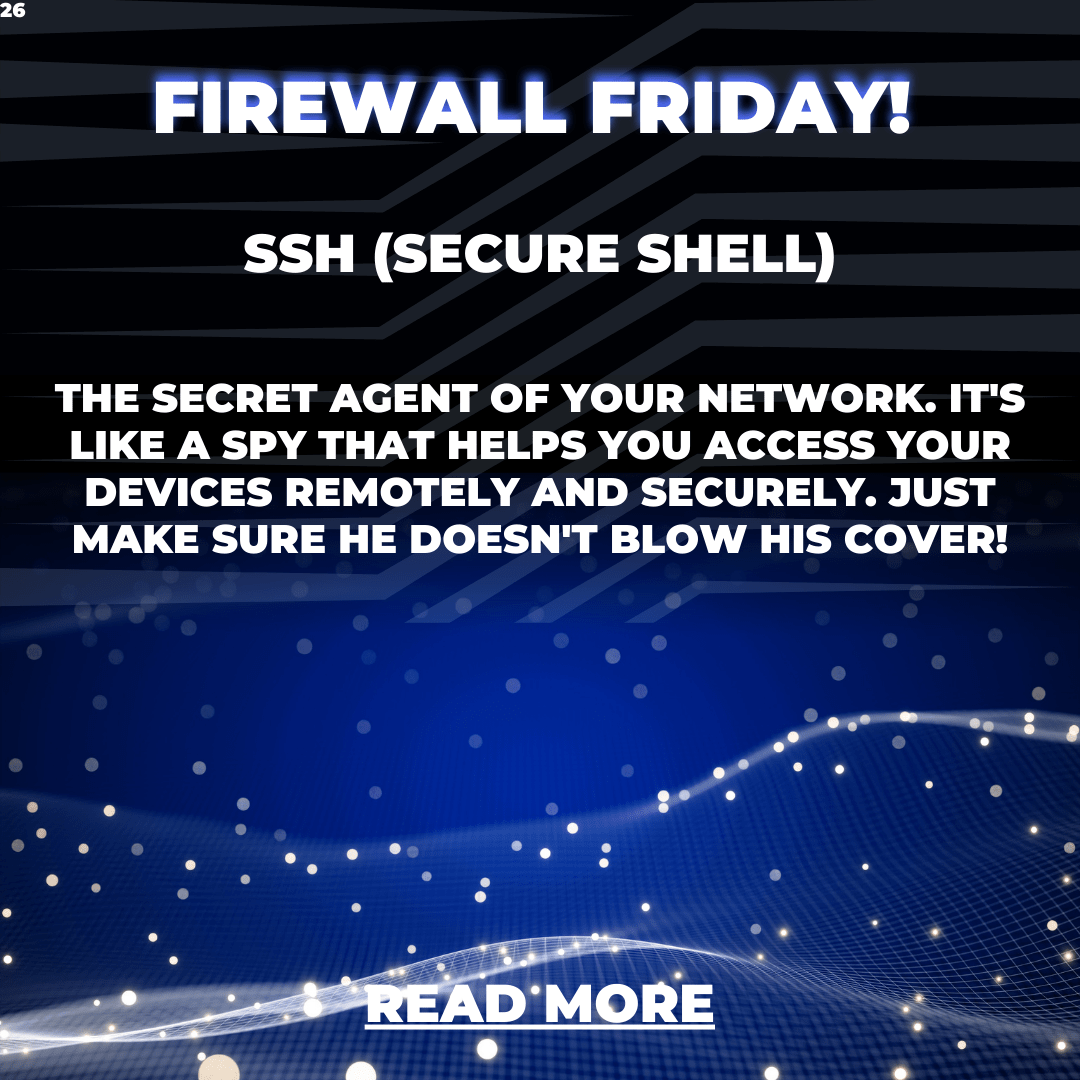🤖 AI-Generated Content
This content has been created using artificial intelligence. While we strive for accuracy, please verify important information independently.
It feels like every day we hear about some new worry when it comes to our digital stuff. Maybe you have had a time when your browser decided to block a file you needed to get, like that important setup program for your password manager, or perhaps you wondered how to send very private tax papers to someone without a hitch. It is a bit like those moments when you scan personal documents and then realize they are sitting in a spot that is not quite locked down. These sorts of things make you think a lot about how safe your information truly is, and that feeling, you know, it extends to all the smart gadgets around us, too.
As more and more little devices, the ones we call IoT, show up in our homes and workplaces, the idea of keeping them safe becomes even bigger. We are talking about everything from smart thermostats to security cameras, and even things that help with inventory in a warehouse. You might need to check on them, send them new instructions, or get information from them, even when you are not right there. That need for a way to reach out and touch these devices, so to speak, without any worry, is really important, you see.
So, what if there was a simple way to make sure these connections are private and sound? What if you could get things like updates or new features for these devices, and do it without paying extra for a special service, all while knowing your connection is a good one? It sounds like a pretty good deal, and it is something many folks are looking into these days, especially with so many things being online, more or less.
Table of Contents
- Why Think About Securely Connecting Remote IoT?
- What is Peer-to-Peer (P2P) for IoT connections?
- How does SSH help securely connect remote IoT devices?
- Getting Your IoT Device to Talk Safely, Even From Far Away
- Finding Ways to Securely Connect Remote IoT Devices
- Can You Really Securely Download Free Things for IoT?
- Tips for a Securely Connected IoT Setup
- Looking Ahead for Secure Remote IoT Connections
Why Think About Securely Connecting Remote IoT?
It is a fair question, really. Why bother with all this talk about keeping IoT devices safe? Well, think about your own personal stuff. We have all had that moment, you know, when you have a bunch of scans of your tax papers, and they are just sitting there, maybe not in a special, locked-up folder. That feeling of slight unease, that is what happens on a much bigger scale if your smart home or business devices are not looked after properly. A device that is not well protected can be a way for someone to get into your private network, or even mess with the way your things work. It is like leaving your front door wide open when you go on holiday, and you would not want that, would you?
Some browsers, for instance, are set up to stop downloads from places they think are not quite right. This can be annoying, like when you are trying to get a simple update for a program you trust, but it is there for a reason: to keep you safe. With IoT devices, the risks are often much bigger. An insecure device might share information it should not, or it could even be taken over and used for things you would never want. It is a bit like having a helpful assistant that suddenly starts doing things you do not want it to, or tells all your secrets, so to speak. You definitely want to avoid that kind of situation, I mean.
So, the push to connect remote IoT things in a way that feels safe is not just about being extra careful; it is about keeping your digital life, and maybe even your physical space, free from unwanted attention. It is about making sure that when you need to get something from your smart device, or send it something, that exchange happens in a way that is private and sound, without any worries about who might be listening in, or what they might do, you know?
- Kelly Paniagua Birthday
- Jameliz Benitez Smith Leaks
- Ero Me Yailin
- Wasmo Telegram Link 2025
- Kelly Paniagua Net Worth
What is Peer-to-Peer (P2P) for IoT connections?
When we talk about "peer-to-peer," or P2P, for your IoT devices, it is a pretty simple idea at its heart. Instead of your smart gadget having to talk to a big central server somewhere far away, and then that server talking to your phone or computer, P2P means your device and your phone can talk directly to each other. Think of it like two friends having a chat on the phone without needing a switchboard operator in the middle. It is a direct line, you see, which can be very useful for certain things, especially when you want things to be quick and personal.
This direct way of talking can be quite helpful for remote IoT connections. For example, if you have a security camera at home and you want to see what is happening right now, a P2P connection means your phone can ask the camera directly for the video stream. This can often make things feel faster and more responsive, because the information does not have to travel through as many stops along the way. It is a more straightforward path, which, you know, can be a real plus for how well things work.
Also, with P2P, you might find that you have more control over how your devices communicate. Since they are talking straight to each other, you can set up the rules for that conversation. This can be important for keeping things private, as the information is not going through a third-party server that you might not know much about. It is a way to make sure your devices are chatting only with who they are supposed to, and that is a good thing for keeping your digital space tidy, and actually, quite secure.
How does SSH help securely connect remote IoT devices?
Now, let us talk about SSH. This is a bit like giving your direct P2P conversation a very private, very strong, and very secret tunnel to go through. SSH stands for Secure Shell, and its main job is to make sure that any information you send back and forth between your computer and your IoT device stays private and untouched by anyone else. Think of it as a special kind of lock and key system for your digital talks. It is pretty important, especially when you are doing things that involve getting or sending important stuff, you know.
When you use SSH to securely connect remote IoT devices, it means that even if someone were to somehow listen in on your connection, all they would hear is a jumble of coded information. They would not be able to make any sense of it, because SSH scrambles everything up before it leaves your device and only unscrambles it when it reaches the right place. This is a big deal, especially if you are, say, getting sensitive data from a sensor or sending new software updates to a smart gadget. You want that information to arrive exactly as you sent it, and only seen by the right eyes, which is, like, the whole point.
So, in essence, SSH provides a dependable way to make sure your remote IoT connections are private and sound. It helps keep your data safe when you need to download something from your device, or when you are sending it new instructions. It is a key piece of the puzzle for anyone wanting to securely connect remote IoT devices, making sure that what happens between your computer and your smart gadget stays between them, and that is a very good feeling to have, in some respects.
Getting Your IoT Device to Talk Safely, Even From Far Away
The whole point of many IoT devices is that they can be anywhere. Your smart sprinkler system might be in the garden, your home security camera is probably outside, and a sensor for tracking goods could be in a warehouse miles away. The convenience of these devices comes from being able to check on them or adjust them no matter where you are. But that convenience also brings up the question of how to make sure that when you do reach out to them from a distance, it is a safe interaction. It is a bit like needing to check on a locked safe from across town; you need a way to open it that only you know, and that is the real challenge, you see.
This is where the idea of a direct, secure line becomes so important. You do not want your commands or the data coming back to be easily intercepted or changed. Imagine trying to update your RoboForm program, and your browser stops the download because it thinks the source is not safe. Now, think about that same problem, but for a device that controls your home's heating or the locks on your doors. The stakes are much higher. A direct, private channel helps avoid those kinds of worries, ensuring that the information goes straight from you to your device, and only you, which is very reassuring, actually.
Having a way to securely connect remote IoT devices means you can truly manage your smart things without being physically present, and without giving yourself a headache about potential problems. It gives you peace of mind that when you ask your device to do something, it hears you, and only you. This kind of dependable link is what makes remote management not just possible, but also something you can truly rely on, and that is a big step forward for how we use these gadgets, more or less.
Finding Ways to Securely Connect Remote IoT Devices
So, how do you actually go about setting up these safe links? There are a few ways to get your IoT devices to talk to you securely, even if you are not in the same room. One common method involves setting up what is called a Virtual Private Network, or VPN. This creates a kind of private tunnel over the internet, making it seem like your computer and your IoT device are on the same local network, even if they are miles apart. It is a bit like having a secret passage between two buildings, which, you know, makes things feel a lot safer.
Another way, which often works very well with SSH, is to set up special login details for your devices. This usually means using something more than just a simple password. Often, people use what are called SSH keys. These are like very complex digital fingerprints that only your computer and your device share. When you try to connect, your computer shows its key, and if the device recognizes it, it lets you in. This is a much stronger way to prove who you are than just a password, which, you know, can be guessed or stolen, sometimes.
For those looking to securely connect remote IoT devices, especially when you want to download things or send updates, making sure these access methods are set up right is really important. It means taking a little time to understand how to create these keys or configure your network. But once it is done, you have a much more dependable way to interact with your smart gadgets, knowing that your connection is private and that only authorized people can get in. It is a step that truly pays off in the long run, I mean.
Can You Really Securely Download Free Things for IoT?
The idea of getting things for free always sounds good, right? When it comes to your IoT devices, "free" can mean a few different things. It might be a free software update from the device maker, a free tool to help you manage your device, or even data that your device collects, which you can then download without paying extra. The big question, though, is whether you can do this in a way that feels safe. After all, if your browser stops you from downloading a simple setup file because it thinks it is not safe, how do you make sure something for your smart home is okay? It is a very fair point to consider, I think.
Yes, you can often securely download free things for your IoT devices, but it needs a bit of care. The "securely" part comes from using methods like SSH, which we talked about, to make sure the connection itself is private. But it also comes from being careful about where you get the "free" stuff from. If it is a software update, make sure it is directly from the device maker's official site. If it is a tool, check reviews and make sure it is from a trusted source. It is a bit like getting a free app for your phone; you would still want to check if it is from a known developer, you know, just to be on the safe side.
The "download free" part means you are not paying for the connection itself or for the basic software. But the responsibility for making sure that software is good, and that your connection is private, rests with you. Using SSH helps a lot with the private connection part, but always double-check the source of any free downloads. This way, you can truly benefit from the cost savings while keeping your IoT setup as safe as possible. It is a balancing act, really, but one that is completely doable, and actually, quite common.
Tips for a Securely Connected IoT Setup
So, if you are looking to have a securely connected IoT setup, there are some simple steps you can take to make things better. First off, always change the default passwords on your devices. Many devices come with very simple, easy-to-guess passwords, and that is just asking for trouble. Think of it like buying a new bike; you would not leave it unlocked just because it came that way from the shop, would you? Create something strong and unique for each device, which is, like, super important.
Next, keep your device software up to date. Just like your computer or phone gets regular updates, so should your IoT gadgets. These updates often include fixes for security holes that bad actors might try to use. It is a bit like getting a flu shot; it helps protect you from things that could make you feel unwell, and it is a simple thing to do, in some respects.
Also, think about what your devices really need to be connected to. Does your smart light bulb really need to talk to the internet, or just to your home network? Limiting what your devices can connect to can help reduce the chances of unwanted access. It is a bit like keeping your valuables in a safe, rather than just leaving them out in the open. The less exposure, the better, generally. And when you are trying to securely connect remote IoT devices, these little steps add up to a much stronger overall picture, too.
Looking Ahead for Secure Remote IoT Connections
The world of smart devices is always moving forward, and so is the need for keeping them safe. As more and more things become connected, the ways we think about privacy and protection will also change. What works well today for a securely connected IoT setup might get even better tomorrow, with new ways to keep things private and sound. It is a constant journey of learning and adapting, you know, to make sure our digital lives stay comfortable and free from worry.
The good news is that people are always working on better ways to help us manage our remote IoT devices. We are seeing more focus on making these connections simpler to set up, even for those who are not tech experts. The goal is to make it easy for anyone to securely connect remote IoT devices, so that the benefits of smart technology can be enjoyed without having to constantly worry about who might be listening in or trying to get in. It is a pretty exciting time, actually, for how we interact with our connected things.
So, keeping an eye on new developments, and always thinking about the best practices for keeping your devices private, will help you stay ahead of the curve. It is about building a dependable digital environment for your smart gadgets, one where you feel in charge and where your information is safe. This ongoing attention to detail will ensure that your smart home or business continues to serve you well, and that is a very important thing, I mean.
This article explored how to securely connect remote IoT devices, focusing on peer-to-peer (P2P) connections and the role of SSH for privacy. We looked at why secure connections are important for IoT, how P2P allows direct device communication, and how SSH creates a private channel for data. The discussion also covered how to manage IoT devices from a distance, methods for establishing secure links, and the considerations for securely downloading free resources for these devices. Finally, we touched on practical tips for maintaining a secure IoT setup and what the future might hold for secure remote connections.
Additional Resources
Visual Content



Disclaimer: This content was generated using AI technology. While every effort has been made to ensure accuracy, we recommend consulting multiple sources for critical decisions or research purposes.
